Piling & Ground Improvement Methods
Description:Soils often need treating to support the weight of a building or to withstand the loads imposed by a...
Update time:2023-01-29 13:39:49
Number of views:352
Soils often need treating to support the weight of a building or to withstand the loads imposed by a piece of infrastructure. This can mean improving the ground or putting in foundations to transfer the loads to deeper more competent layers.
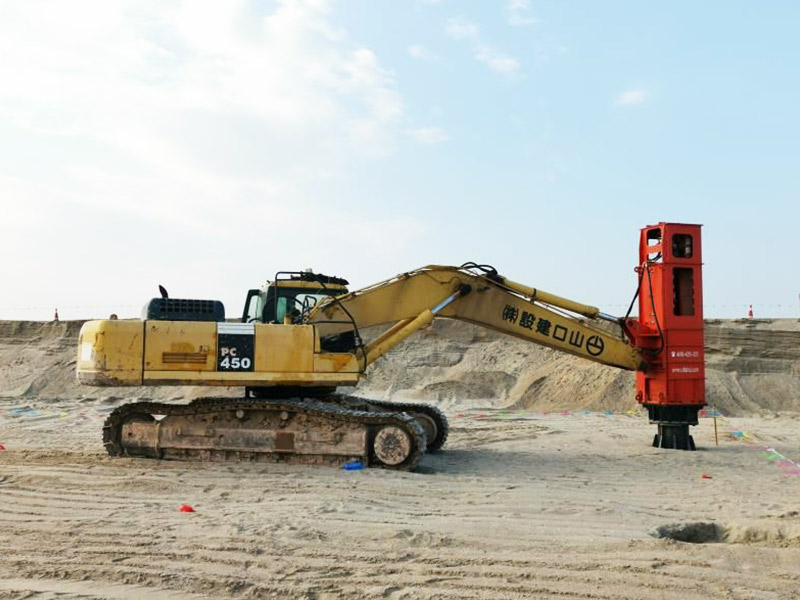
The mechanism of achieving ground improvement varies by technique and soil conditions. Densification using vibration or displacement is an effective means of improving granular soils. Reinforcement involves constructing or inserting stiff elements within a soil mass to create an improved composite material. Soil can be improved by adding cementitious materials by either permeation in granular soils or mixing in all soil types. The insertion of vertical drains decreases the amount of time it takes soils to settle and strengthen when subjected to a surcharge load.
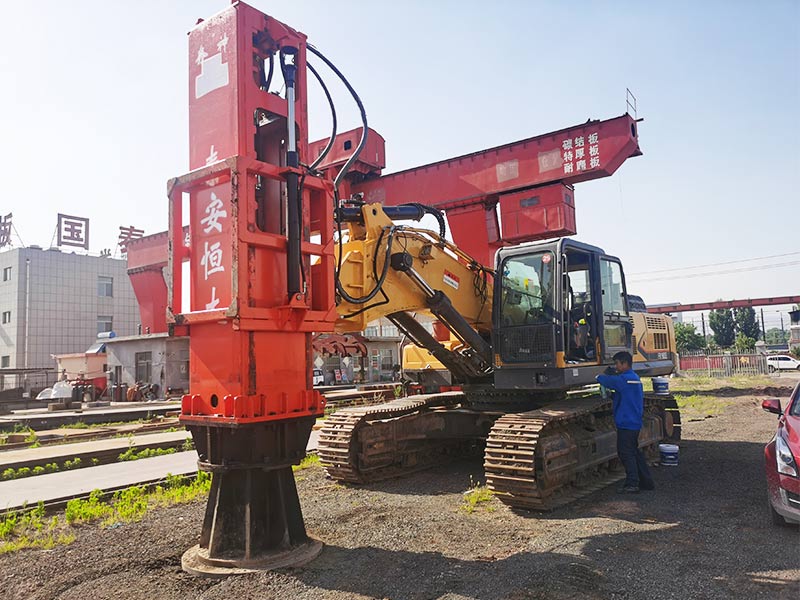
One advantage of RIC is that the drop height and number of blows can be varied based on the soil conditions. Through a test program, we will work with the Geotechnical Engineer of Record (GER) to determine the appropriate improvement criteria and RIC set-up for various areas of the site. For a site with a mixed soil profile and varying thicknesses of sand and clay, the ability to accurately control the amount of energy delivered to the ground is critical as it allows one to improve the loose overlying loose soil without liquefying the fine grained soils below – providing more uniform compaction.
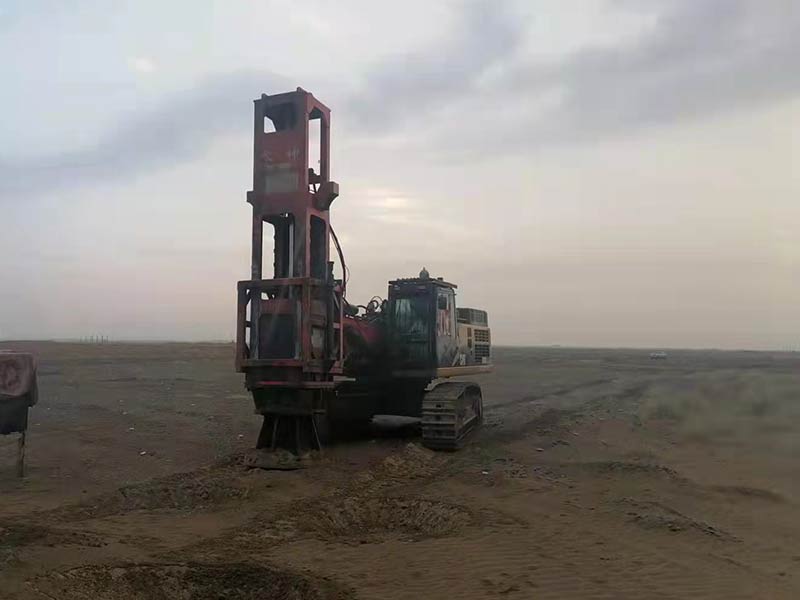
Voids can cause overlying structures to settle. Compaction grouting, cement grouting, polyurethane grouting, and other specialized grouting techniques permanently fill voids. Keller has experience with the full range of void filling techniques to stop mine subsidence and stabilize sinkholes.
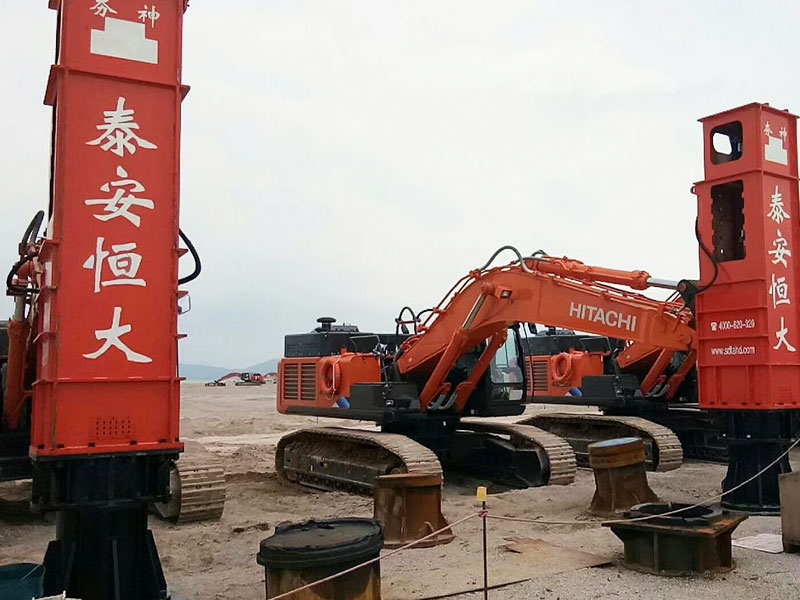
Use within 30 feet of a Building – Because Rapid Impact Compaction provides a low magnitude of impact loading at a very high frequency, the peak particle velocity remains relatively low (less than 2 inches per sec) at a distance of 30 feet from the source. This is different from Deep Dynamic Compaction which has a low frequency and a high magnitude of loading so vibrations are greater from DDC when compared to RIC.
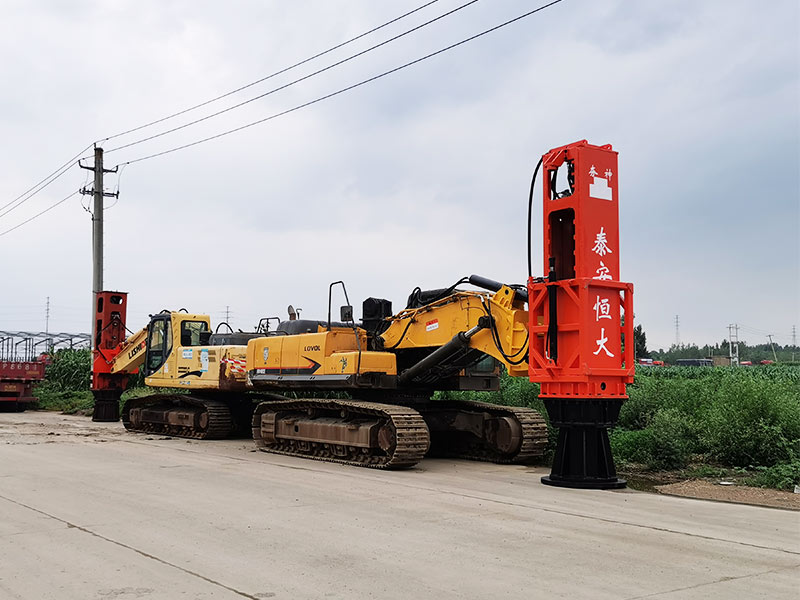
The compaction sequence is designed to work from the outside in; so that compaction energy can affect the soils at the deepest depths first …points designated 1… followed by compaction of soil in between in the upper zone …points 2 and 3. In this way the compaction energy is used efficiently to reach the deepest depths possible.
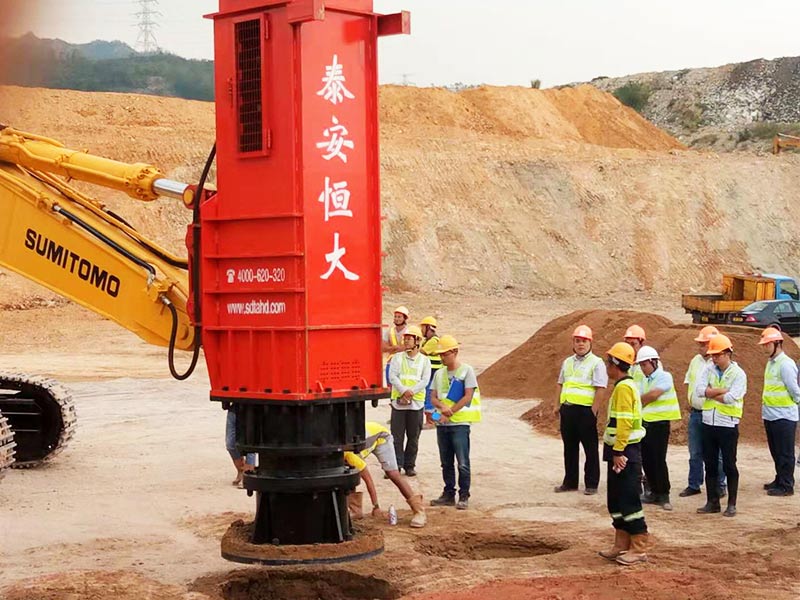
Heave due to expansive clay soils is a common problem in some areas of the US. Injection systems treat expansive clays beneath buildings and landfills with the pressure injection of an aqueous solution of water, lime or lime/fly ash slurry or potassium chloride. Water injection pre-swells expansive clays before construction. Lime injection fills the desiccation pattern of expansive clay with slurry and stabilizes the surface of the pad for workability, for building pads, streets, parking lots, and runways. Lime/fly ash injection improves low-strength soils to improve the bearing capacity and/or trafficability of runways, landfills, and bridge approaches. Potassium chloride injection arrests heave occurring beneath existing structures by limiting the amount of water underlying clays can absorb. Keller has experience with the full range of ground improvement techniques.









